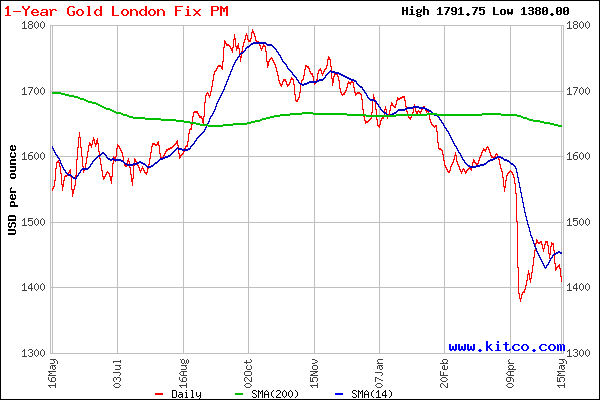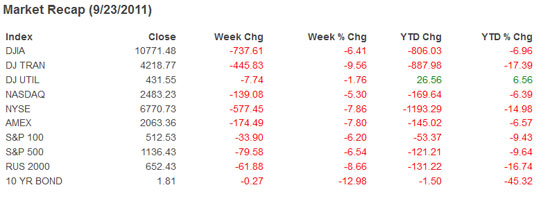 Gold can’t catch a break lately as Swiss Voters Reject Measure Forcing SNB to Acquire More Gold.
Gold can’t catch a break lately as Swiss Voters Reject Measure Forcing SNB to Acquire More Gold.
Swiss voters rejected a measure in a referendum requiring their central bank to hold a portion of its assets in gold, a measure its President Thomas Jordan termed an “invitation to speculators” that could have hurt the economy. Bullion tumbled to a three-week low.
The “Save Our Swiss Gold” proposal stipulating the Swiss National Bank hold at least 20 percent of its 520-billion-franc ($540 billion) balance sheet in gold and never sell any bullion was voted down by 77 percent to 23 percent, the government said yesterday. Polls had forecast the initiative’s rejection. Two other initiatives on tax privileges for foreign millionaires and immigration limits also were rejected.
SNB policy makers estimated they would have needed to buy 70 billion francs worth of gold if the referendum had passed. Some economists estimated the SNB wouldn’t have had to sell euros to meet the requirement, given its dollar holdings. At the end of the third quarter, it held 45 percent of its 460 billion francs of foreign currencies in euros and 29 percent in dollars.
Even though the Swiss gold referendum was expected to be defeated gold prices plunged by over $38 per ounce in late Sunday trading and silver was pulverized with prices down almost 8%.
As stocks and bonds continue to soar on liquidity provided by central bank quantitative easing investors have been dumping gold by the tons from their portfolios. The Swiss Gold Rejection simply gave investors another reason to stay away from gold which has been in a vicious bear market.
Gold has lost 19 percent since peaking in March and investor holdings of exchange-traded products are near a five-year low. While prices probably won’t be affected too much by the “no” vote of the initiative called “Save Our Swiss Gold,” approval would have improved sentiment and increased prices by as much as $50 an ounce, HSBC Holdings Plc estimated in November.
“Gold had received some support in the last couple of weeks” before the vote, Georgette Boele, an analyst at ABN Amro Bank NV in Amsterdam, said by phone. “We’ll get more pressure on gold. The overall outlook is not looking great.”
Even the surprise news that India had ended curbs on gold imports did nothing to support prices. In a bear market all news is bad and gold can’t seem to find a support level. The irony of it all is that the massive euro holdings of the Swiss National Bank were purchased with Swiss francs manufactured out of thin air by the SNB to prevent its currency from appreciating against the euro. Governments world wide have turned an experiment with quantitative easing into national policy and are churning out trillions of dollars of printed fiat currencies. Last I heard the value of anything depreciates as the quantity increases. Although it’s a tough market right now, long term I’m betting that it’s a smart move to have some gold on hand.

 April was a brutal month for precious metal investors. Gold ended the month down almost 8% and silver prices tumbled almost 13%. The sell off continued in May with gold down another $60 per ounce to $1,412 and silver down $1.55 to $22.87 per ounce at mid month.
April was a brutal month for precious metal investors. Gold ended the month down almost 8% and silver prices tumbled almost 13%. The sell off continued in May with gold down another $60 per ounce to $1,412 and silver down $1.55 to $22.87 per ounce at mid month.

